12 hiking essentials for summer 2021+Free PDF Checklist
Plans to go hiking this summer?If you are a beginner and want to ensure that you have a safe yet enjoyable experience in the woods, this post is for you. We prepared a list of 12 essentials that you should take along when you go hiking. To say the least, they will protect you and equip you to enjoy nature safely. Plus, we created a free pdf checklist for you to download at the end of this post, so you remember to take all your items along.
1. Mask & Sanitizer (CO-19):
Using masks and sanitizers as a safety measure can help protect you and your loved ones in a public area full of visitors. If you are visiting one of the national parks, you could use sanitizers when you touch items that have been in regular usage around park facilities.
Photo by Kameron Kincade on Unsplash
An interesting way to protect yourself from UV rays as well as wear a mask is to use a buff. This product is a protective headgear that has multi functional purposes. It can act as a head band, a neck protector, a mask and more. Our CEO calls it the modern day bandana.
2. Permits & Travel Instructions:
Before you make your visit, you must carry along general and specific access permits for the places you will be hiking. Park Authorities may have changed rules to accommodate safety for all visitors after COVID-19 hit. To allow a secured flow of visitors, they may require timed permits. For example, RMNP in Colorado has implemented timed permit access for its visitors.
You may also want to carry an ID with you as well as a map guide to help you stay on the trails during the hike.
3.Hiking backpack:
Hikers usually have a small backpack with them to hold their food & water, gadgets, kits, tools, and an extra article of clothing to prepare for the change in weather. Backpacks can range from drawstring pouches, to sling backpacks for outdoor purposes to waterproof materials based on your purpose and the things you are carrying. You could also have children carry their own backpacks to support the things they may need along the hike.
4.Hiking shoes:
I cannot stress enough, the importance of having a good pair of hiking shoes. Having made the mistake of wearing lifestyle shoes once and an for the trails, I regretted the instant I started on the hike because of poor traction in the woods and sloped rock. I could make out a stark difference in the comfort of my feet and my overall experience of hiking improved once I invested in a good pair.
There are many good brands of hiking shoes; what you want to look for is traction that will hold you up for the terrain you are about to walk on and comfort for your feet (longer is better… your feet may get hotter, swell… it’s the opposite of a wet suit). Have enough room to wiggle your toes in. We do a finger test when fitting boots. With your foot slid forward we see if we can get our finger behind your heel bone. If we can’t your boot is too short and will be uncomfortable on mountain hikes.
5. Jacket:
To prepare for uncertain weather while hiking, people usually carry an extra layer of clothing. It supports you in case the weather turns around. It tends to get very windy as you climb higher and the temperatures drop slightly from the time when you were at the base. If there might be rain there almost always will be wind too. Depending upon the length of your hike, the weight of your backpack, and the weather forecast you may choose to carry either a lightweight wind-resistant jacket, a soft-shell jacket, or a heavy-duty waterproof jacket and trousers.
6.Hiking Gear:
Good hiking poles are important for hiking as a beginner. They support your feet and keep you from feeling sore after a long day’s walk. It is also great for balancing yourself in the trails and offers broad support for the weight you carry if the hike is long. Some hiking poles are multipurpose in that they can also be used as snow poles later by changing some attributes.
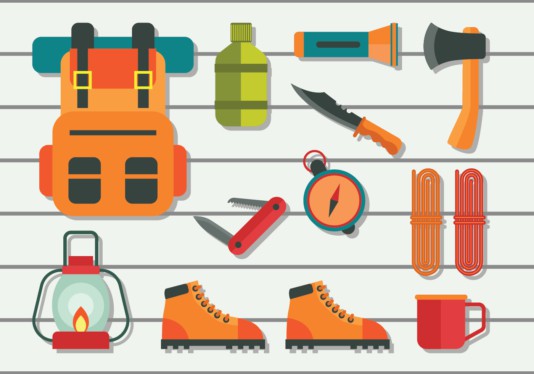
Hiking gear illustration by vecteezy.com
Apart from hiking poles, you may want to carry a simple pocketknife or tools depending upon the length of your trip and plan.Some people also carry maps and compasses since you cannot really rely on phones for GPS in the wild. That means, you may have to carry battery backups. There is also the added risk of getting your gadgets wet if you are going to be around water. So you might consider a waterproof pouch to keep them safe. Not just that, if you are carrying heavy duty binoculars or camera you want to ensure they are wrapped up in cushioned pouches to avoid the risk of breaking if they fall.
If you have a baby that you are traveling along with, you can also rent baby carriers that can make your trip hassle-free and improve your quality of experience.
7.Water and snacks:
Food really depends on personal habits and how long you will be out in the elements before you get hungry. Most facilities will have a policy of “take out what you take in” for cleanliness and hygiene purposes around the hiking areas and to preserve the park for the next person.
It is essential to carry water with you so that you stay hydrated during the day. Some parks and hiking spots are high in altitude and people may suffer from dryness in throat, altitude sickness, or dehydration.So, if you are planning a medium to a long hike, water is going to keep you hydrated while you hike. There are many holder options to choose from such as hydration pack reservoirs, hydration bladders, or water bottles available to suit the amount of water you may need for your hike. Moreover, if you are going for a long hike or a steeper climb you may need more water versus if you were going on a short hike. Consider a water filtration device or purifying tablets for longer trips.
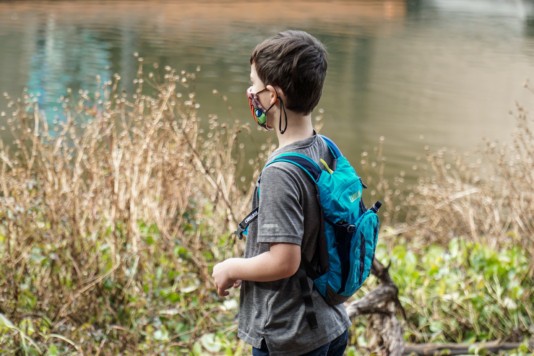
Young boy with a Camelbak hydration pack.Image credit: Thomas Park, Unsplash
The most popular snacks among hikers are trail mixes, quick mixes, protein bars, granola bars, or chocolates that sustain your energy for the journey. However, depending upon your plan for the day, a quick snack may also be a promising idea. Especially so, if you have kids who are traveling with you.
8.Sun protection (Hat &Sunglasses):
I have seen people returning with red patches from sunburn. How does that happen? Sometimes we forget that the sun tends to get close when we go hiking in high altitudes. Therefore it is a clever idea to wear sun protecting lotion or spray before you start on your trail.
Another way to keep yourself protected is to wear clothing that will cover more areas of your body. For example, hiking pants or full-sleeved hiking shirts. It is easy to find many cute and outdoorsy outfits for women and proper hiking clothing for men online that will save the day.
One thing that I always take with me for hiking is my sunglasses and hat. Both hats and shades come in assorted styles, but you will want to use the ones that have UV protection in them for hiking. If you really want a specialized hat for the outdoors and do not mind splurging on occasion, we recommend the brand Tilley . It has amazing style and functionality with an interesting pocket to hold your ids too.
9. Rain Gear:
Most avid hikers would arguably not leave for hiking without their rain gear and rightfully so. It makes sense to be prepared because getting drenched during a hike when you may be at a high altitude may be serious. You could get hypothermia.Moreover, the weather can take dramatic turns very often when you are out there. So, you‘ll want to be better protected. Having good rain gear will not only keep you dry, but also keep you warm when the temperatures drop.Depending upon the terrain you are heading towards, there are many choices of rain gear you could pick from such as ponchos, umbrellas, raincoats, waterproof jackets, water-resistant jackets, rain pants, etc.
10.Medical and First Aid Kit:
It is always a good idea to carry basic first aid items and any regular medication you may need. For example, an asthma patient may carry their inhaler along while hiking. Apart from that, you should carry a small first aid kit. A general kit may include disinfectant wipes, ibuprofen, pain killers, waterproof band aids, antiseptic solutions, and alcohol swabs. In relation to that, people who are traveling from the southern states may be more susceptible to altitude sickness than others. So it is advisable that you consider carrying an oxygen flask along. Its a light weightless bottle that should cost you somewhere around $25 .
11.Mosquito Repellent:
You may encounter mosquitoes when you are hiking, especially in summer. But, there is a wide variety of mosquito repellents you can use to keep yourself safe. Mosquito repellents range from creams, sprays, patches, etc. Depending upon how your skin reacts to each of these products, you may use a suitable mosquito repellent. Ensure that it does not irritate your skin. It makes sense to try them out at least 24 hours before your trip. In that time, you will see if the product is suitable to your skin. However, you are someone who might attract mosquitoes even if you have covered yourself with a repellent, you may want to consider layered clothing as an alternative option.
12. Gadgets: Cellphone/Camera/Binoculars:
It would be a shame if you wanted to capture your hiking experience but you forgot your camera at home or back in your car. More so because once you enter the woods, you might have chances of seeing interesting wildlife such as birds and animals along the way. So to get a closer look, one idea could be to carry binoculars with you. For example, at the Rocky Mountain National Park, visitors carry along binoculars so that they can spot seasonal birds, turkey, elk, moose, bobcats, etc. that inhabit the park.
However,depending on your gadget you might also want to take extra battery backup, waterproof pouches and padded covers to keep them safe.
That’s all folks! You can visit our website www.rmconnection.com or get in touch with us if you would like to explore more about hiking areas around Estes park and Rocky Mountain National Park, Colorado or if you need help with deciding what items to carry along. We have a team that can help you make your journey as hassle free and enjoyable as possible.
To help you remember to take along all these items while you are packing, we have prepared a FREE checklist of items for your journey. Download yours NOW!
RMNP 10 Hiking Essentials checklist for summer 2021

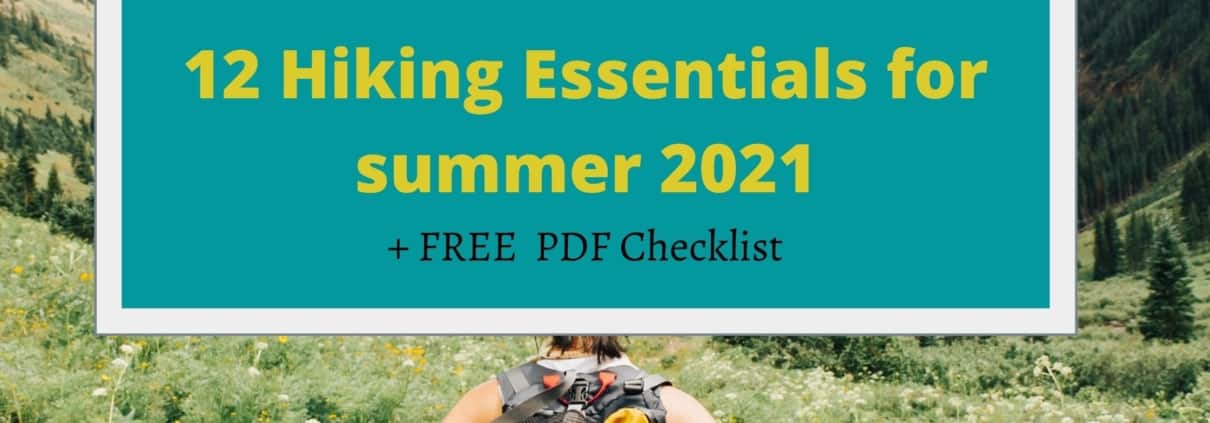
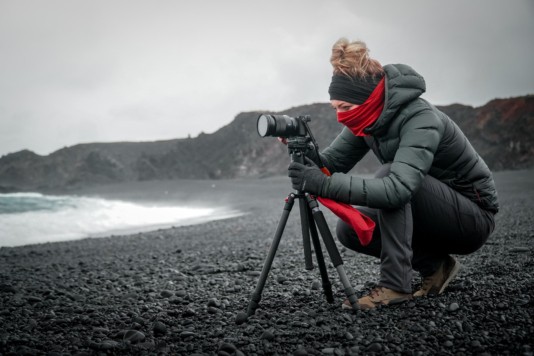
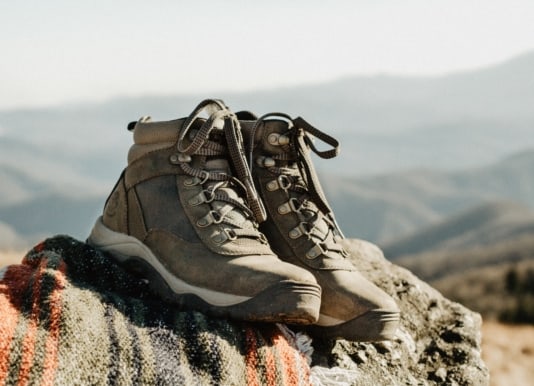

Leave a Reply
Want to join the discussion?Feel free to contribute!